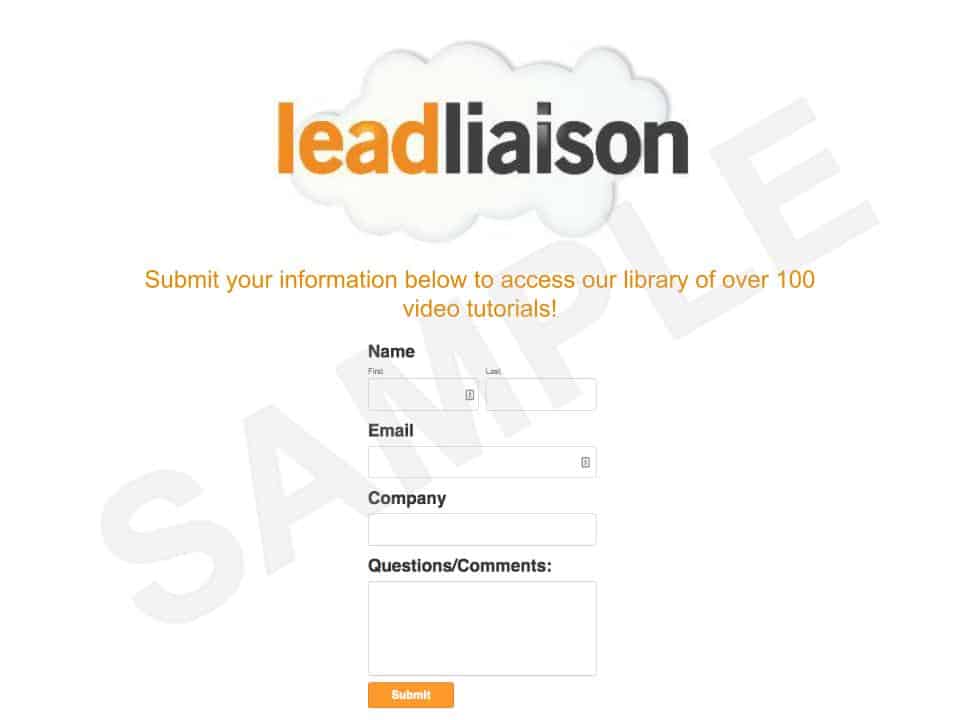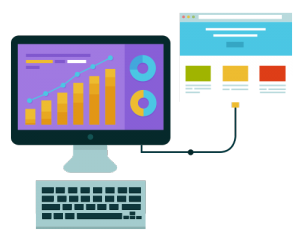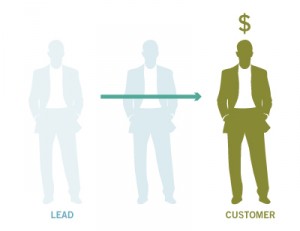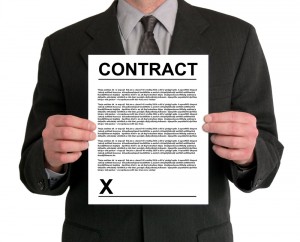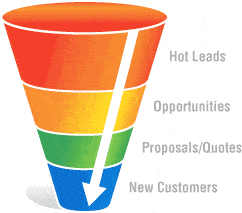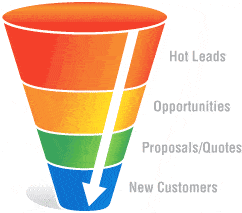Converting More Online Leads: Sales Team & Marketing Team Coordination
 Marketing teams utilize online marketing activities to directly impact lead generation. It is no secret that leveraging data from various marketing channels provides companies with the ability to determine ROI and increase sales. Because of the nature of this relationship, a company’s marketing team and sales team should be closely aligned in order to close deals faster and collaborate on the best plan of action to effectively reel in potential customers. Too often, companies maintain a disconnect between these departments and lose out on profits. Consider the following problems and potential solutions to strengthen your business today.
Marketing teams utilize online marketing activities to directly impact lead generation. It is no secret that leveraging data from various marketing channels provides companies with the ability to determine ROI and increase sales. Because of the nature of this relationship, a company’s marketing team and sales team should be closely aligned in order to close deals faster and collaborate on the best plan of action to effectively reel in potential customers. Too often, companies maintain a disconnect between these departments and lose out on profits. Consider the following problems and potential solutions to strengthen your business today.
Problem: Lack of Interdepartmental Communication
Many companies find communication between departments to be difficult, so identifying the communication “pain points” is the first step in the process. You marketing team and your sales team should work with each other, not against each other.
Solutions:
Funnel Location: The sales team needs to be assured that the marketing team is only passing along qualified, sales-ready leads. When a lead is established by marketing, it is important that the sales team knows what stage of the funnel the user is in. This allows a sales rep to tailor their approach when reaching out and presenting their sales pitch to the end consumer.
Tracking progress: The sales team can also find out the needs of their end consumers using online platforms if they are trained in the analyzation of prospect activity. All data, including emails and chat archives, should be sent over to sales once a new lead is acquired. If your marketing automation platform tracks this automatically, that’s a real bonus.
Follow-ups: To be certain that no lead falls through the cracks, both departments should create a plan of action to follow-up with any lost leads identified throughout the online lead generation process. This should be completed on a monthly basis and can often be done by using a CRM tool.
Problem: Lack of Engagement on Social Platforms
Sales teams do not usually engage with leads through social platforms. It is imperative to teach the sales team to pay close attention to social media outlets and engage with possible leads when appropriate.
Solution:
Utilize LinkedIn and Other Online Social Tools: Both the sales and marketing teams should network with potential leads and current clients online. In addition, these platforms can be an effective way to gather information about a lead and add more ammunition to the sales pitch. Solutions like our social append allow for social data to enhance prospect profiles. Salespeople should also track one-on-one social engagement as notes in their CRM.
By effectively synchronizing marketing and sales teams’ efforts, companies are bound to see an increase in ROI from online campaigns.
Author Bio: Tracy Julien is the VP of Marketing for GuidedChoice, a leader in retirement investment planning. Tracy received her Bachelor’s degree from Ohio University in 2000 and her MBA in Marketing Management from DePaul University in 2006. She has over 15 years of experience working for multi-national companies. Tracy specializes in consumer marketing, focusing heavily on marketing strategy, global brand management, customer experience, and product innovation.

